Space Products & Innovation
3D printing with recycled plastics is designed to aid sustainable space
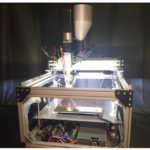
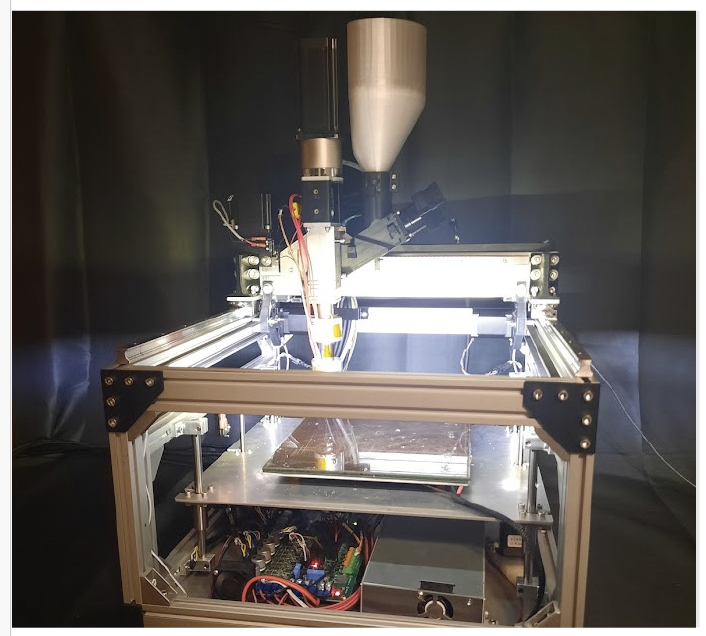
Concerns over increasing orbital debris and a focus on in-situ resource utilization have carved a niche for one American company focusing on sustainability in space.
NOAA finalizes GOES, eyes next generation of forecasting
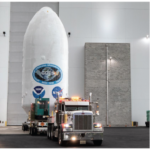
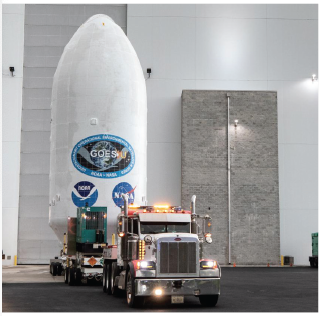
Increasingly sophisticated weather satellites, such as the National Oceanic and Atmospheric Administration (NOAA) GOES fleet, are providing the timeliest weather and climate analysis ever fielded.
Volunteer crew emerges from year-long NASA Mars simulation
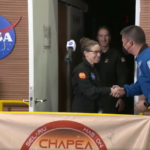
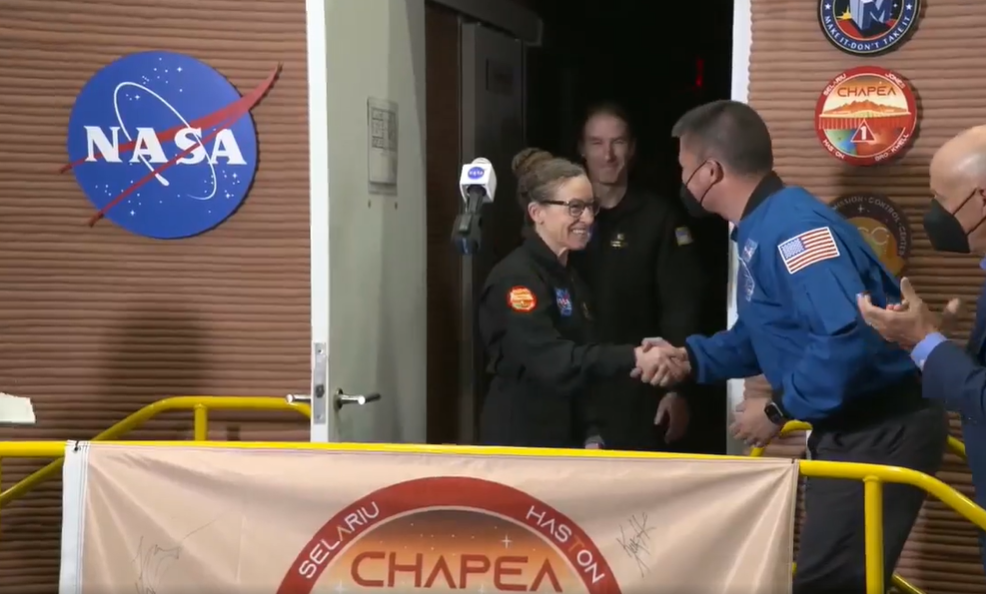
After 378 days, the CHAPEA crew emerged from its Mars Simulation at NASA’s Johnson Space Center.
Dueling technologies would harness atoms for faster spaceflight
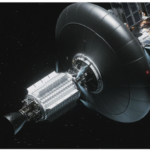
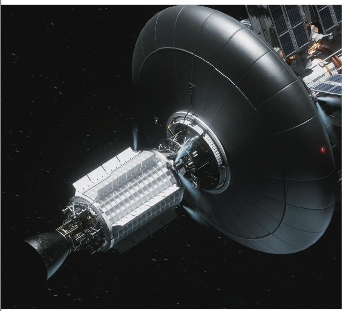
After decades of dormancy, the concept of spacecraft nuclear propulsion has returned to prominence. Projects from NASA and the Defense Advanced Research Projects Agency in partnership with the Department of Energy are looking to test the technology in space as soon as 2027.
Space-based research brings billions in value to medicine
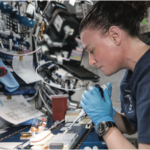
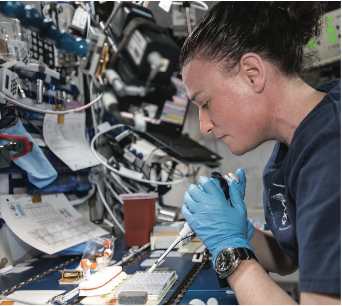
Every year, NASA turns $10 billion in research and development funding into roughly 1,000 technology reports and 100 new patents.
Liftoff: Q1 2024 Highlights
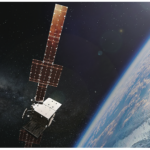
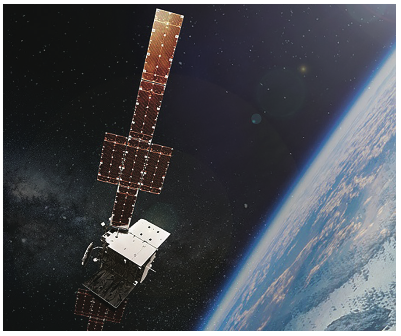
The space industry is advancing faster than ever before with continual progress in the government, military and private sectors. Here are noteworthy business highlights from this quarter.
NASA completes first laser communications beyond Moon
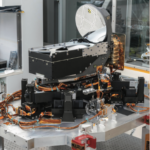
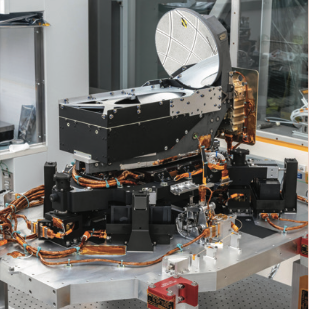
As scientific instruments get more precise and the private and public sectors work to send humans farther into space than ever before, space data transfers are more important than ever before.
As Global Satellite Data Expands, Companies Develop AI for Initial Analysis
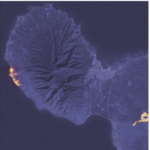
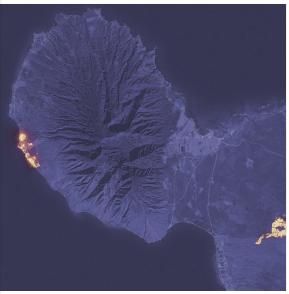
While most people may think of ChatGPT or deep fake images when they hear “artificial intelligence”, AI methodologies are proving beneficial for a wide variety of applications, especially in data-heavy industries such as Earth observation.
Satellite constellations weave growing global search and rescue safety net
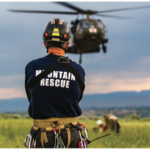
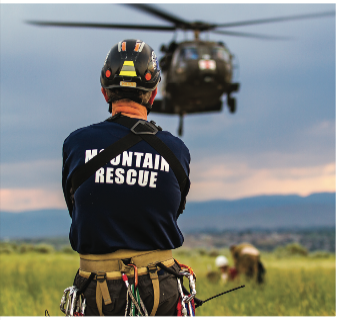
Satellites have played a pivotal role in search and rescue efforts for more than 40 years. Visionaries from around the world applied space technology to search and rescue efforts on Earth and built an enduring global humanitarian program. Satellite tracking has saved more than 57,000 people worldwide, since the system’s first rescue in 1982. With new equipment in the marketplace, its role keeps growing.
International Space Station experiments freshen laundry on Earth


In an ever-expanding space ecosystem, partnerships between the International Space Station and the private sector are growing more frequent. Product development with the assistance of NASA . . .